Next-gen JRPG Scarlet Nexus channels Psychonauts and the Tales series in its "brainpunk" world
Our best look yet at Scarlet Nexus
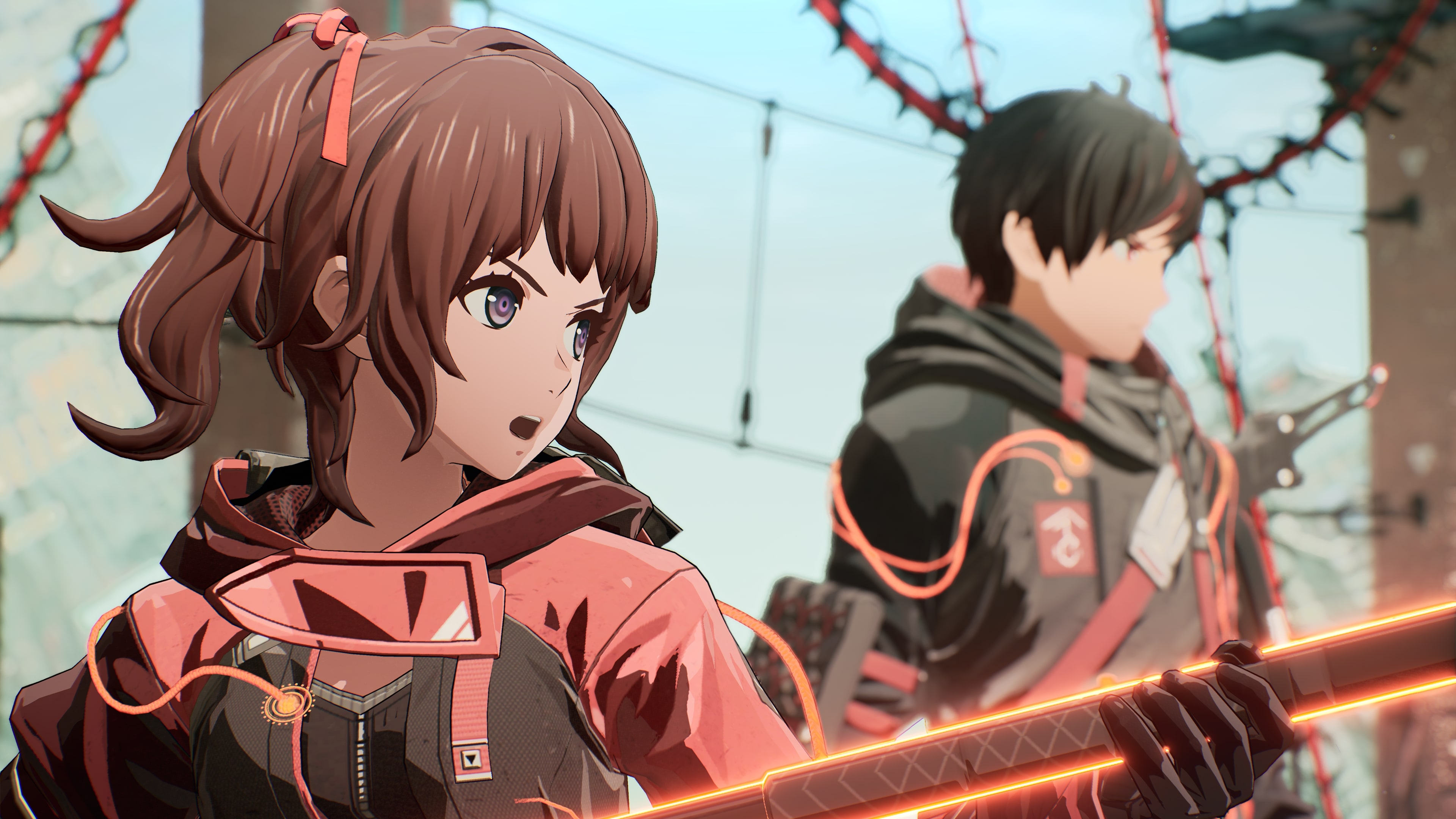
"We are definitely not just making another cyberpunk-inspired world," says Scarlet Nexus director Kenji Anabuki. He and producer Keita Iizuka talk at length about the game's design and inspirations in a new behind-closed-doors keynote, and this is the quote that really perks up my ears. Because when Scarlet Nexus was first revealed - at an Xbox show, surprisingly - it looked pretty cyberpunk. Bandai Namco called it "brainpunk," comparing it to subgenres like dieselpunk and steampunk, but that didn't really tell us much. Fortunately, Anabuki and Iizuka have since told me much and more, and after speaking with them and watching an extended gameplay demo, I'm fully on board with Scarlet Nexus, a self-styled brainpunk JRPG that leverages some of the best ideas in Bandai's stable.
So what does brainpunk mean, really? Well, Scarlet Nexus is a riff on the Internet of Things, a hypothetical that proposes an ultimate interconnected society where people use direct human-to-human or human-to-computer connections to interact with the world around them. The game is set somewhere around the start of the 21st century, but in a reality where people discovered a way to harness and connect their brains. This early idea shaped the way that the game evolved internally, Anabuki says, as well as how its world was fleshed out.
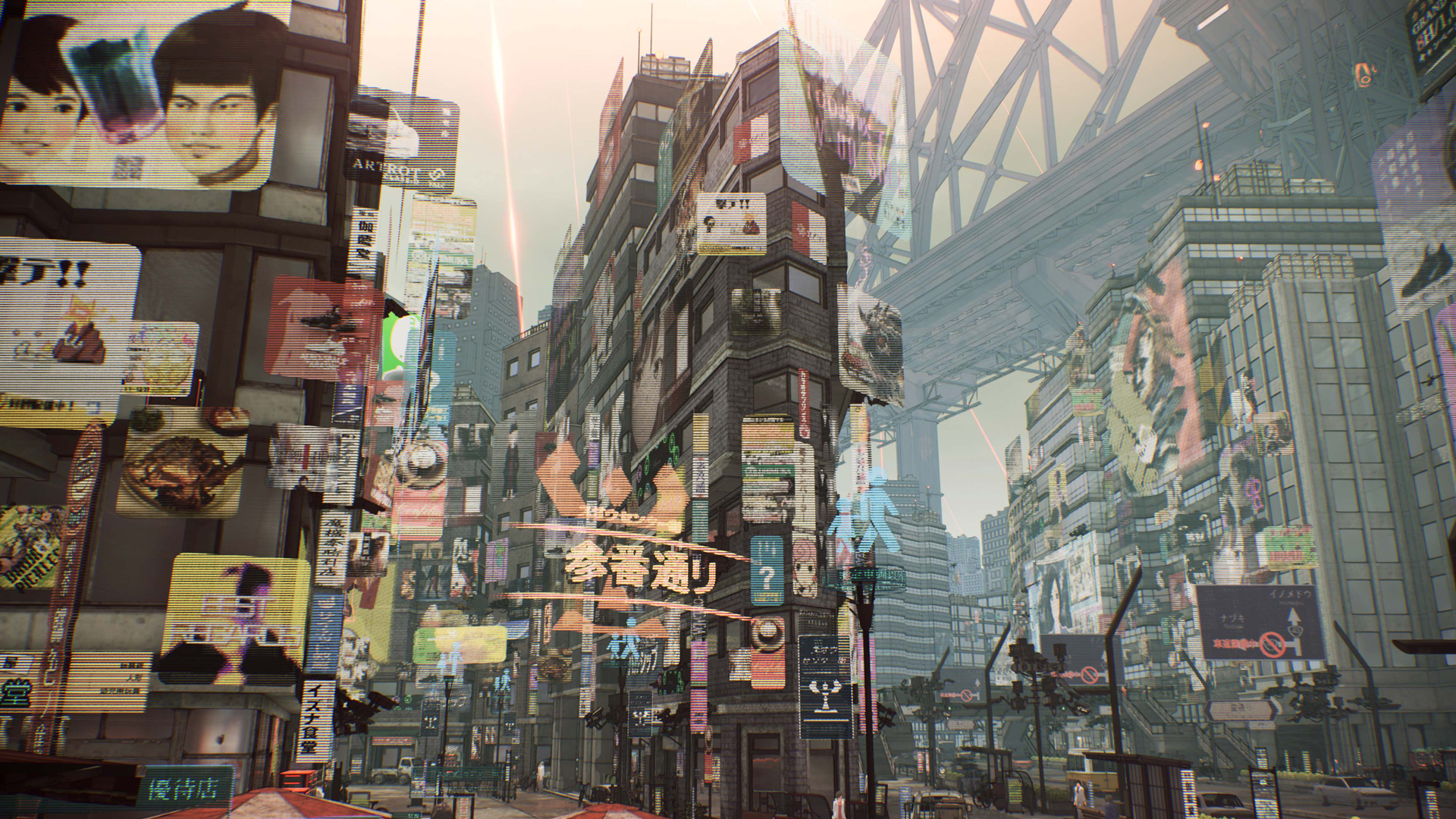
"Cyborg 009 was definitely one of the triggers that sparked the general idea," he says. "Above that, the idea of superpowers being dangerous, that comes from something like Akira I think. Blade Runner is also something that influenced us in the creation of the world. It takes the idea of what we know as smart speaking a step further. Our voice-controlled devices such as the television or light, for example with a system like Alexa, in Scarlet Nexus are controlled by our brains and thoughts only."
Setting aside the nightmarish proposition of having your brain directly connected to an Amazon device, the Internet of Things is a fun scenario to consider, and Scarlet Nexus has done some really cool things with it. This being a flashy JRPG, of course people found a way to turn their newfound brain powers into superpowers. Good thing, too, because inhuman monsters called Others are literally falling from the sky.
Cloudy with a chance of Others
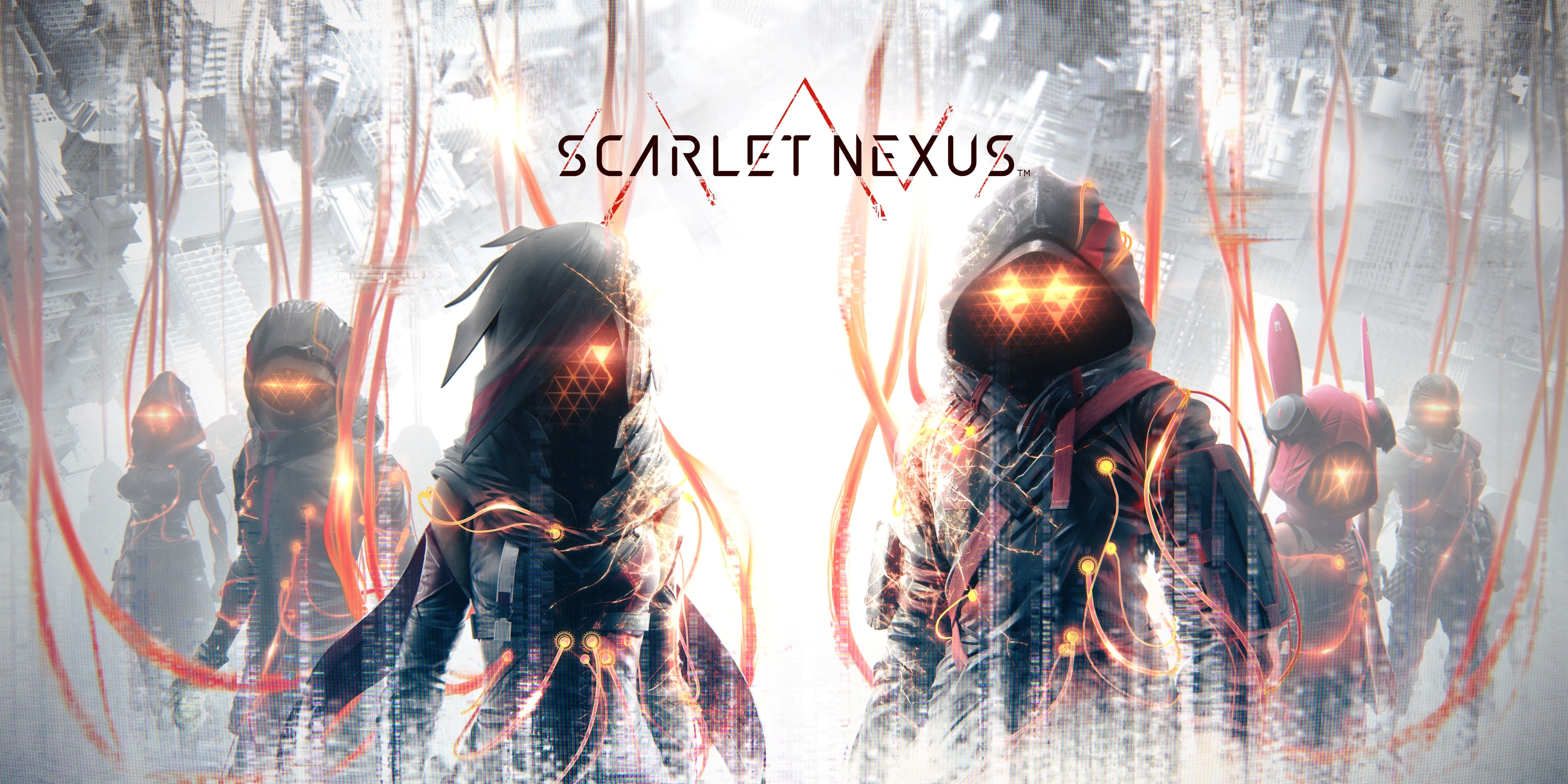
Scarlet Nexus stars Yuito Sumeragi, the son of the affluent family behind the massive city of New Himuka. Instead of politics or family management, Yuito decides to devote his life to protecting people as a member of the OSF defense force, in part because they saved him from an Other attack when he was a kid. As a new recruit in the 567th class, Yuito begins to question the goals of the OSF and the dangers of such an interconnected society – and if this sounds familiar, look out the window – but unfortunately, I didn't get to hear much about that. Thankfully, I got more than an eyeful of Yuito's fighting style, which looks like a ripsnorting good time.
When I first saw Scarlet Nexus, I immediately thought of Code Vein – a flawed game that I had a lot of fun with – and then of the Tales of games. As it turns out, Anabuki oversaw combat mechanics for multiple Tales of games, and Iizuka was the producer on Code Vein, so that tracks. But while Scarlet Nexus is also a single-player, third-person action-RPG, its brainpunk core gives it an edge that reminds me more of the psychic spies of Psychonauts than anything.
Yuito wields a big sword as well as psychokinesis (or PK), letting him manipulate and throw things with his mind. The dungeons of Scarlet Nexus are littered with debris and objects to chuck at enemies, and you can weave PK attacks into melee combos in fun ways. I saw Yuito open with a PK throw and then step in for a series of quick slashes, pummel enemies with special crusher attacks reminiscent of Gravity Rush, and chain regular sword attacks together to refill his PK gauge. His melee and ranged attacks complement each other well, encouraging an aggressive and varied playstyle out of the gate, and you can unlock new moves and combos through the Brain Map skill tree.
Sign up to the GamesRadar+ Newsletter
Weekly digests, tales from the communities you love, and more
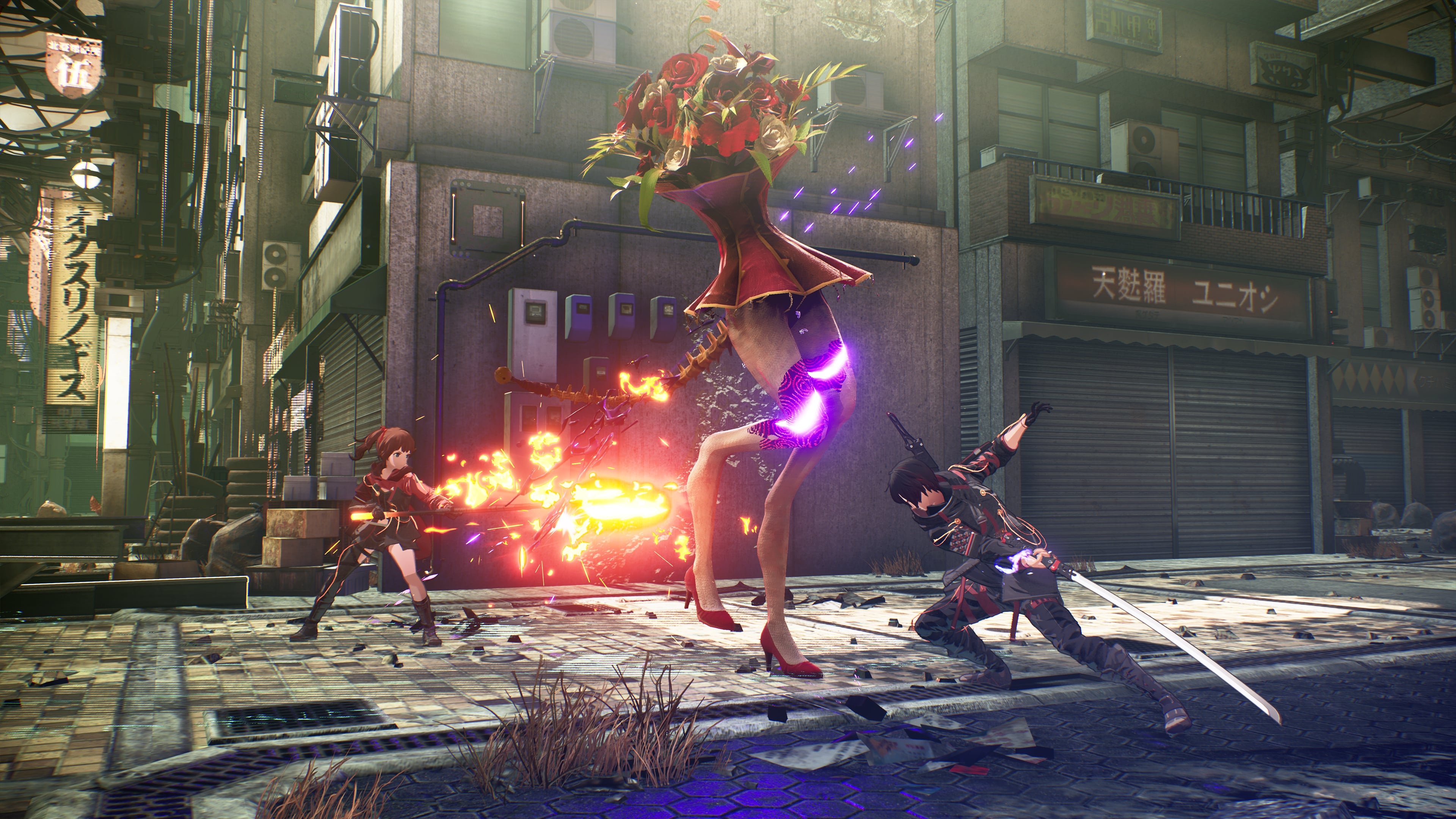
The enemies on the ass end of this ass-kicking also add a lot to the combat. From what I've seen, there's a huge variety of Others to destroy, which is encouraging since recycled enemies were a big downer in Code Vein. Anabuki described Others as "mysterious beings that rain from the skies and hunt for human brains," but they're anything but zombie rehashes. They emerge from a phenomenon known as the Extinction Belt, and they're treated almost like natural disasters in this brainpunk world – just something you have to deal with. Taxes, traffic, and brain-eating monstrosities descending from the heavens. You know, Tuesday.
Art director Kouta Ochiai worked with artist Masakazu Yamashiro to create the Others, which he describes as "expressing beauty with extreme means," which is a pretty good phrase for these abstract grotesqueries. Others can be organic or artificial, humanoid or bestial. Some look like animal sculptures made from scrap metal, some resemble religious dogma spliced with potted plants, and the strangest ones – often the unique dungeon bosses – may have appendages made from instruments, weapons, or vehicles. In the short demo I saw, there were bipedal bouquets wearing red stilettos, a giant evil turnip, a flayed metal bull seemingly wearing the Ram helmet from Destiny, and a wire gorilla mannequin brought to life through the power of a giant trumpet. These things are weird, and I love them.
What's a JRPG without the power of friendship
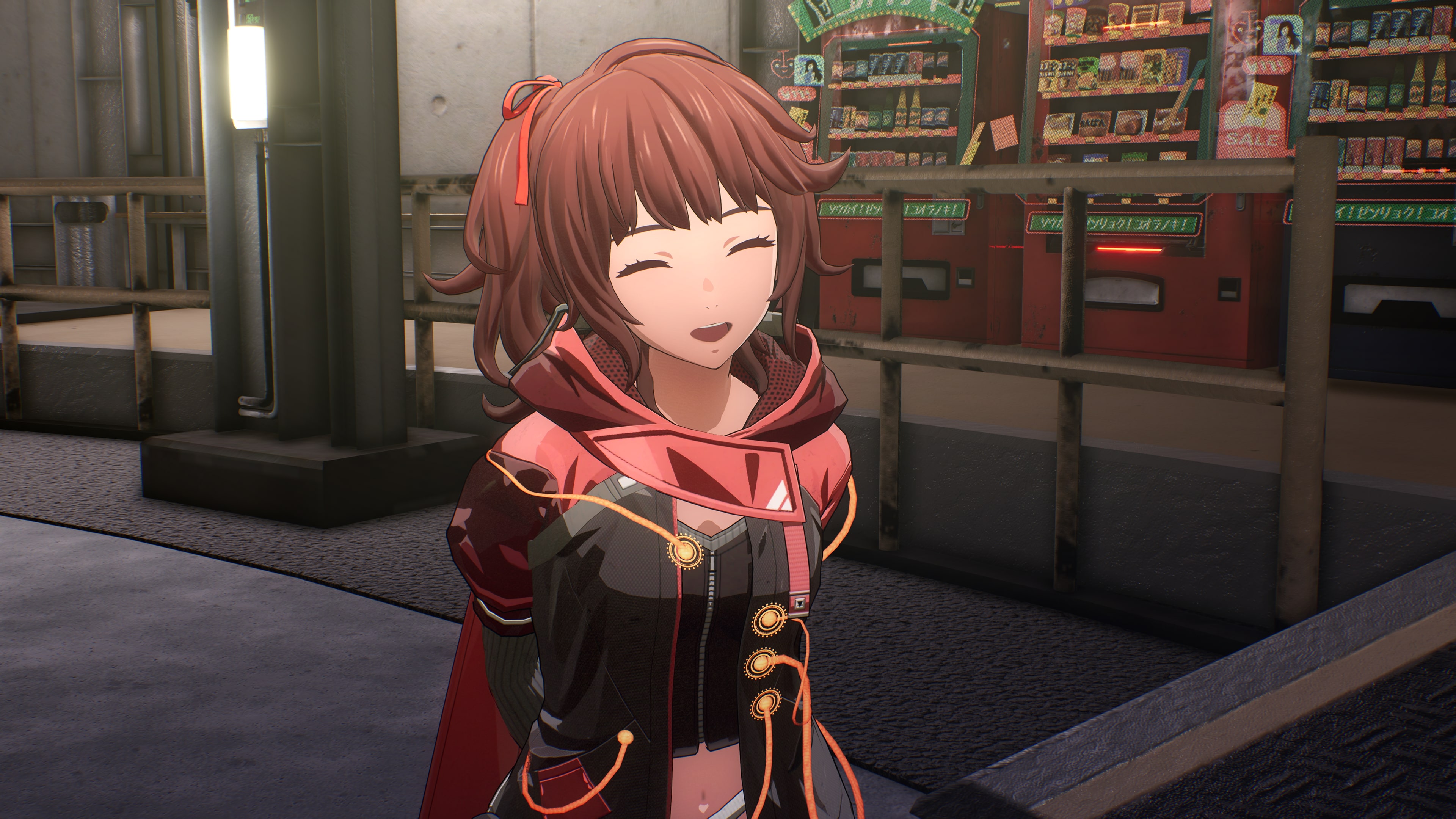
Funnily enough, for me, the most striking thing in the demo was the Squad tab in the menu, and ain't that a JRPG moment. You always play as Yuito, but as you unlock new allies, you can customize your squad – up to two active members that join you in battle, with a pool of inactive members supporting you. Your choices are important because Yuito can borrow other psychic powers from the people in your squad and use their abilities for a short period. He can also perform special finishers with squad members, much like the combo attacks in the Tales of games. To top it off, by deepening your relationship with squad members, you can borrow more of their power. I'm a sucker for all of this stuff, so I had to ask for more details. With visions of Persona Social Links in my head, I asked how these squad bonds work.
"One point is through battling together, your bond becomes stronger," Anabuki explains, telling me exactly what I was hoping to hear. "There will also be character communication episodes and, by clearing those, your bond with your comrade will get deeper. There are also different resources to draw from. For example, by exchanging items or giving them items as a present, that will also help to deepen that bond."
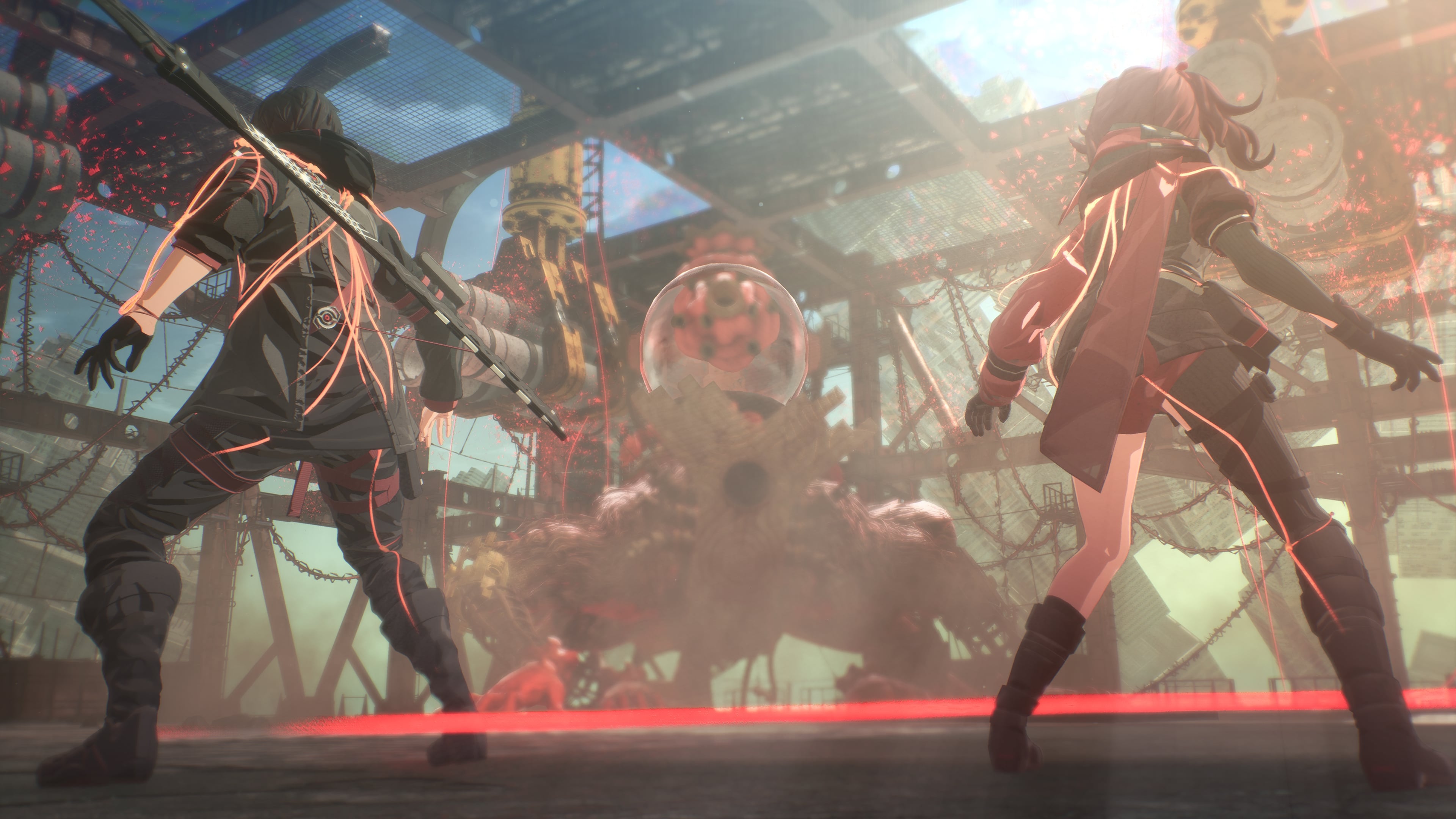
Yuito's only squadmate in the demo I saw was Hanabi, who wields pyrokinesis. Her bond had seven levels to it, with each level increasing the duration, potency, or variety of powers that Yuito can borrow from her. Iizuka says there are "quite a few comrades that you're able to choose from," and based on the characters seen in various trailers, I'd say five or six squadmates is a reasonable estimate. Yuito can wield up to four borrowed (or SAS) powers at a time, and he can use them simultaneously, so the characters you pick are going to have a huge impact on your fighting style, and their bond episodes should spice up the story.
I initially filed Scarlet Nexus under "another Bandai JRPG that I'll probably play at some point," but after this deep-dive, I've officially bumped it up to "JRPG that I really want to play," right alongside Tales of Arise. It just checks so many of my boxes. A mix of melee and ranged combat, squad relationships, wild enemies in a bespoke world, and unabashed dungeon-crawling goodness with some side quests thrown in. Scarlet Nexus is currently scheduled to launch on PS4, PS5, Xbox One, Xbox Series X, and PC sometime in 2021, and I can't wait to play it for myself. First thing's first: I've got to max out Hanabi's bond.

Austin has been a game journalist for 12 years, having freelanced for the likes of PC Gamer, Eurogamer, IGN, Sports Illustrated, and more while finishing his journalism degree. He's been with GamesRadar+ since 2019. They've yet to realize his position is a cover for his career-spanning Destiny column, and he's kept the ruse going with a lot of news and the occasional feature, all while playing as many roguelikes as possible.


